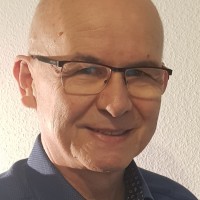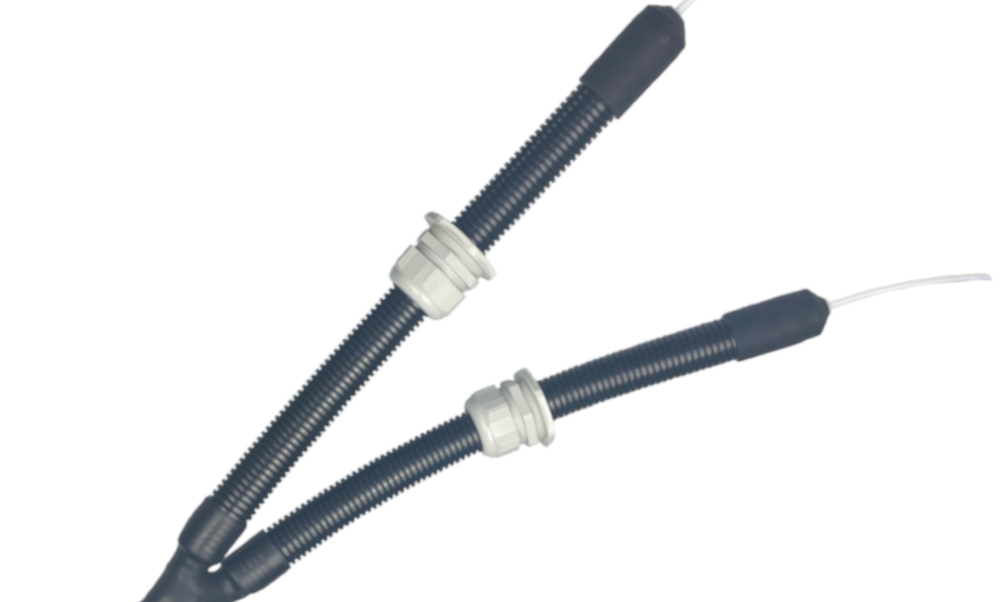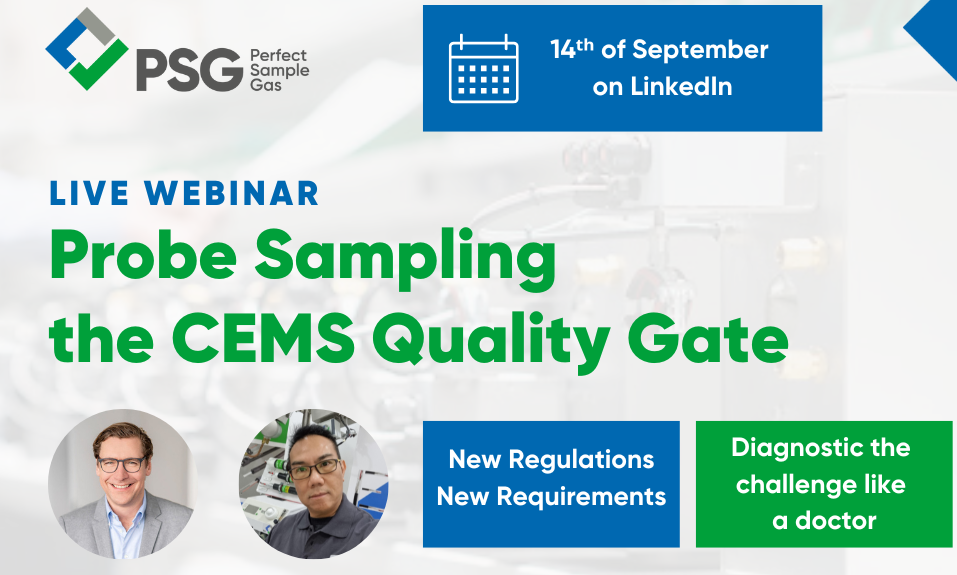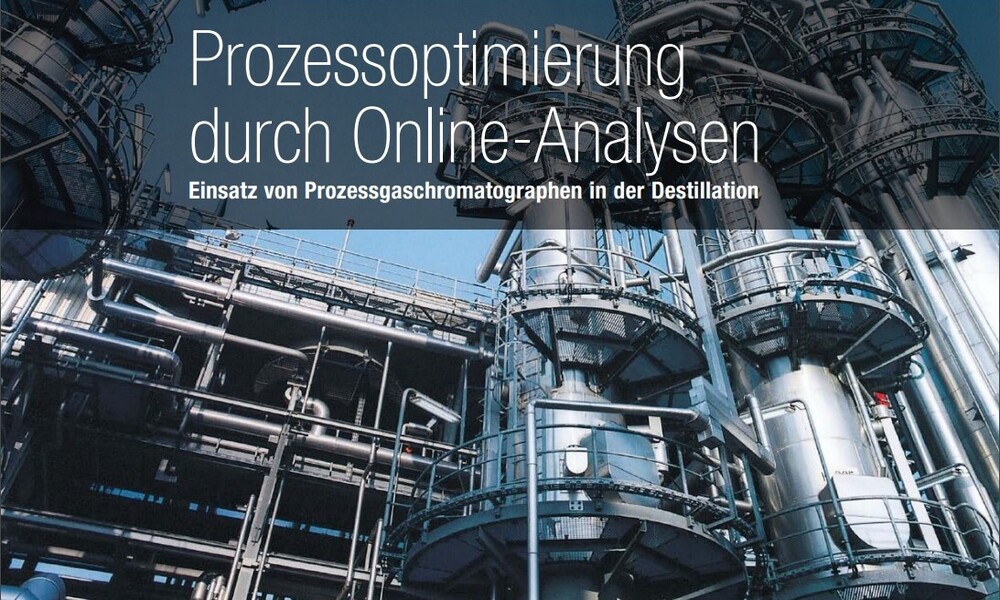
Process optimization through online analyses
Use of process gas chromatographs in distillation
Process analytics, together with sophisticated system integration, plays an important role in the efficient operation of chemical production plants. A practical example of a distillation process provides insights into important aspects of planning and implementation.
What are the reasons for installing additional costly equipment in a process plant? The market pressure today is enormous for both plant operators and analyzer manufacturers. It is imperative to save expensive energy. A suitable instrument for this is Advanced Process Control. To implement such advanced process control, data must be provided by the analyzer in such a way that the plant operator can react to process changes in good time. Sometimes even small traces of a harmful process substance are enough to destroy the catalyst material. The analysis of trace components such as arsine in C3 or ammonia in C2 products is becoming increasingly important in order to meet quality standards. Manufacturers want to avoid out-of-specification product batches, which in the worst case would require a significant amount of sample substance to be reprocessed. The solution is efficient process optimization through online analysis.
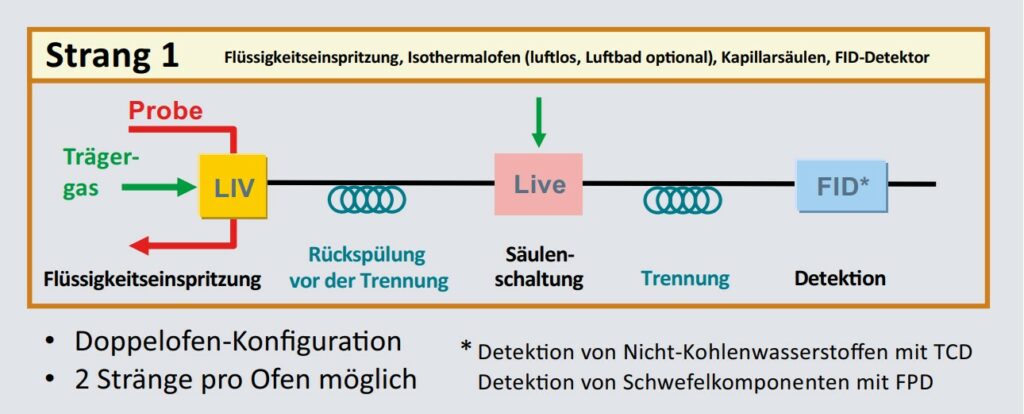
A process GC pays for itself quickly
An excellent field of application for the analyzer is the monitoring of a distillation column. Various variables such as flow rate or temperature are required to optimize the plant. In addition, control analyses are also important to measure the purification effect in the distillation column. Do substances leaving the column have the right degree of purity? An important parameter for the user when using process gas chromatographs (process GCs) is, in particular, the approximation to the maximum permissible degree of purity of the samples and thus to the respective product specification. Without process GCs, operators must apply a much more conservative setpoint for the reflux rate with much less variation. Unfavorably, this greater reflux or recycle rate increases energy costs by requiring more heating and cooling than necessary. Additionally, the high recycling rate also reduces throughput. Ultimately, the process GC allows the operator to accurately judge what the reflux rate will be, even as conditions change. This allows energy costs to be minimized while maintaining maximum production rates. A process GC integrated into a distillation column can provide tremendous benefits to the operator. It could increase the throughput of a distillation in the order of 5 to 15% and reduce energy consumption accordingly. Crucially, process control is supported by the use of process analytics in such a way that it operates the process at the economic optimum. Therefore, the payback period is often less than a year, and just one analysis per day can already be profitable.
Technologies in process analytics
Process gas chromatographs have been established in the process industry for decades, and especially in applications for the optimization of distillation columns. Users appreciate this technology, even if it sometimes seems complex, because:
- the measurement has been proven in practice and the analysis system can be easily automated
- a large number of components can be measured simultaneously and
- the analysis is usually free of interferences, since the principle of chromatography is based on the physical separation of any substance – either a gas or a liquid mixture – as long as it can be evaporated without leaving residues.
There are several ways to perform the required measurements for a specific application. For complex, liquid sample streams, analytical separation sections are often combined with a liquid metering valve, capillary separation columns – preferably with valveless column switching – and, depending on the measurement task, a flame ionization detector (FID), thermal conductivity detector (WLD) or flame photometer detector (FPD). Due to the high analytical flexibility, even several separation sections can be integrated in one process GC. The combination of capillary columns with a valveless switching device enables better separation performance than packed columns and valve switching. The Siemens FID offers the advantage that the detector is located outside the analytical furnace and is heated separately. This contributes to the high availability of the GC by avoiding corrosion of the detector due to condensation effects.
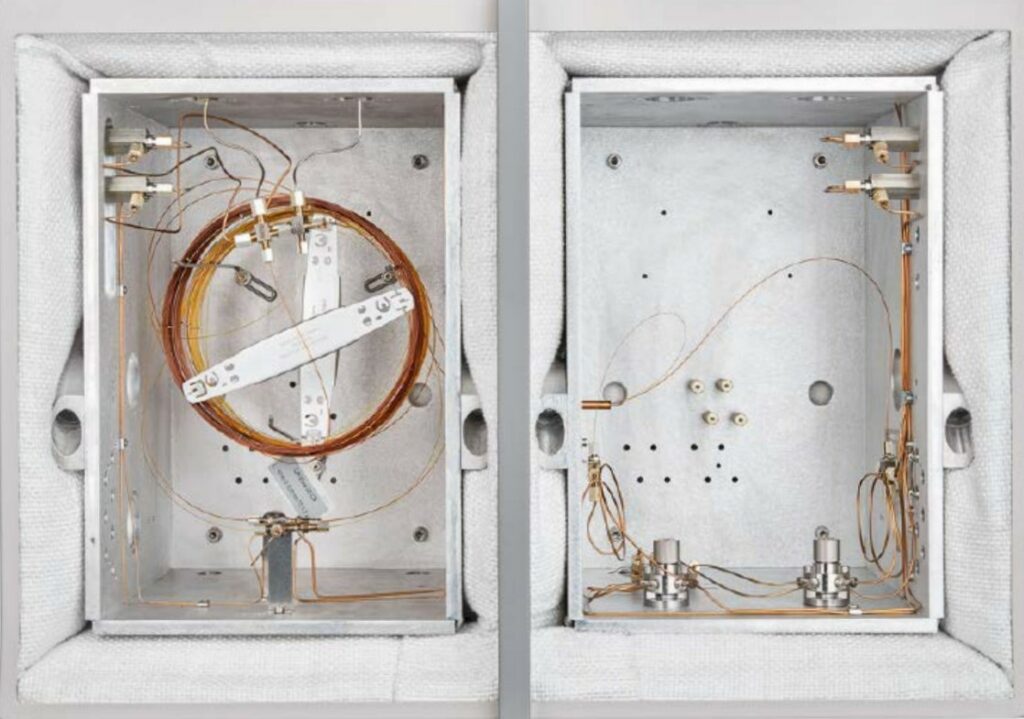
Typical GC configuration for liquid samples with the most important components for analysis Standard design of a gas chromatograph with the option of integrating multiple analysis sections
The following arguments speak for this technology:
- Process GC is a convincing analytical method for measuring not only gaseous samples but also liquid mixtures over a wide boiling range.
- Method development and application know-how are crucial for demanding applications, especially for liquid process streams. The gas chromatograph Maxum Ed. II provides flexible analytical tools, such as different dosing valves or separation methods for the analysis of simple to complex sample mixtures.
Use in Kuraray’s polyvinyl alcohol plant
Due to the high application flexibility of a process GC, the design, planning and manufacturing of a sample preparation system are crucial for the operation of an analyzer. In order to analyze different sample streams with only one gas chromatograph, large distances between the sampling point and the installation site often have to be bridged with the help of a fast loop. This ensures that the different samples are up-to-date and representative at the time of dosing. When designing the FastLoop, care must be taken to ensure that, in addition to the required analysis time, the pressure and temperature levels at the sampling and return points are also taken into account, so that sufficient flow is ensured and the sample can be carefully guided back into the process or into a flare. In the process industry, sample media are often complex in composition, flammable, explosive, or prone to polymerization. Taking into account health, fire and explosion protection aspects, the Fast-Loop is therefore usually installed outside the analysis room directly in the field, so that only small quantities of the sample are deliberately introduced into the analysis room. Furthermore, by integrating an intelligent and flow-controlled sample preparation system, the Kuraray project also drove the liquid sample stream back into the process. By implementing this closed-loop process, no product was lost, nor was additional energy used or waste gases emitted for the disposal of the sample preparation. Due to the flammable media introduced into the analysis room, an analysis room was set up by AGT-PSG in the Kuraray project, which, among other things, ensures safe and reliable operation of the process GC by means of a ventilation concept with integrated flow monitoring, as well as additional safety measures, such as monitoring for LEL (lower explosion limit) and toxicity, and simultaneous shut-off of the sample in case of alarm. In the application, a good and trustful cooperation between Kuraray’s process experts, Siemens’ GC experts and AGT-PSG’s system integration experts was crucial for the successful implementation of the GC project. After Kuraray specified the optimal sampling and recirculation points as well as measurement components, these were tested for separation behavior and repeatability by Siemens as part of a feasibility study due to the complexity of the measurement task. During the study, it was found that the GC’s performance was excellent, even with an airless GC, despite the widely varying temperature levels. In addition to designing and building a safe analytical instrument room, AGT-PSG also provided reliable sample preparation, media supply and complete integration of the Maxum Ed gas chromatograph. II. Due to the excellent cooperation of all project partners, the project was successfully completed and the efficiency of the plant was significantly increased.
The authors
Harald Mahler
Business Development Professional at Siemens
Thorsten Resinger
Managing Director at AGT-PSG GmbH
This article was published in CITplus 7-8/2022 (page 32-34)

